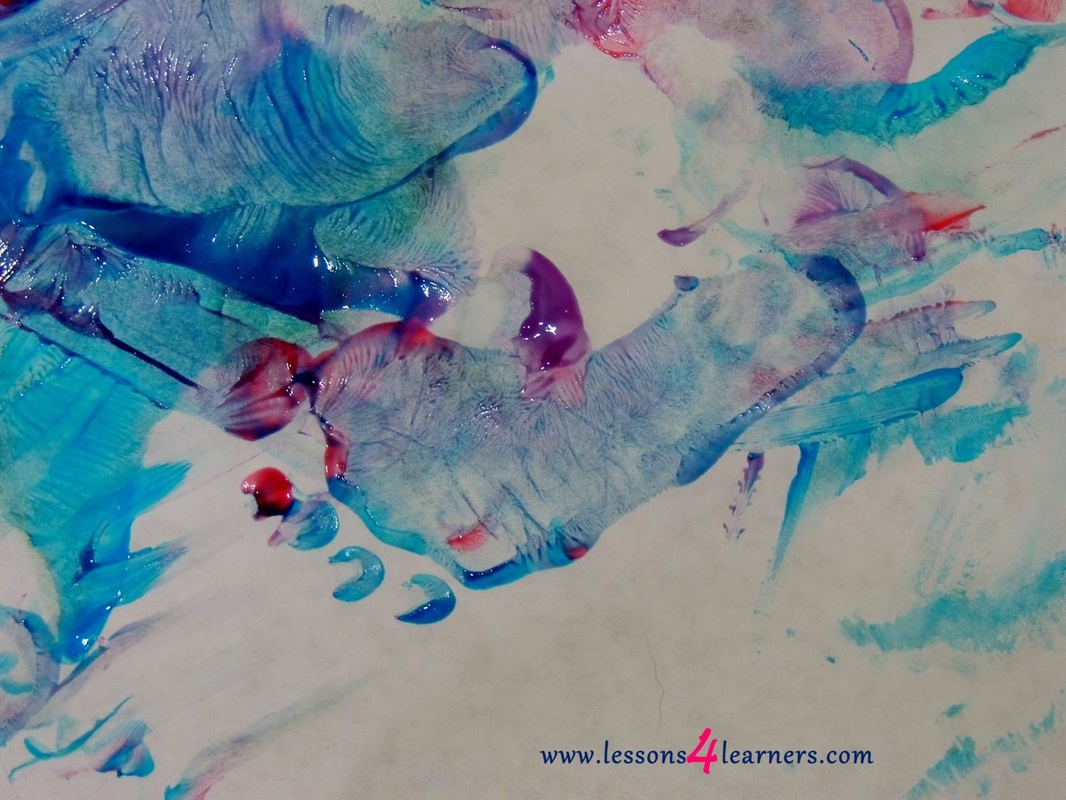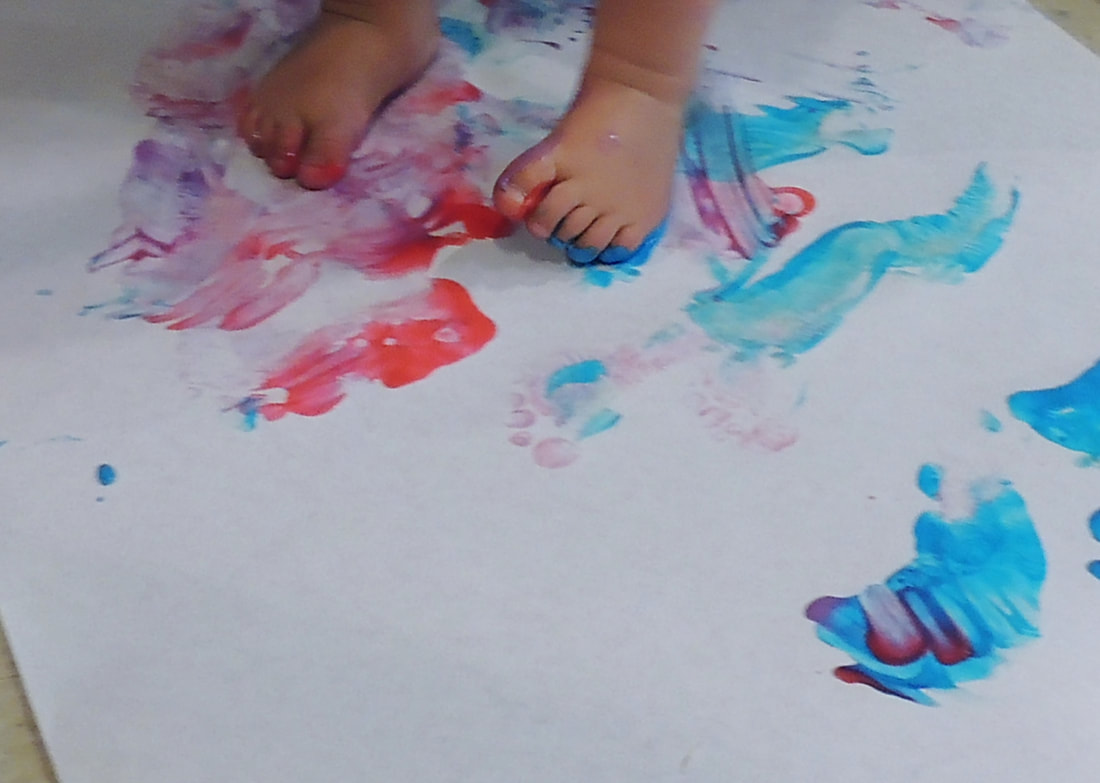Foot Book Painting
Lesson Plan:
|
Activity:
Foot Book Painting
Lesson plan developed by Ms. Erika Geelhoed, BA Ed
Age Group:
* Lesson plan objective and assessment can be adapted to use this activity with preschoolers.
Objectives:
Children will:
|
|
II.4.3a
Materials:
|
Procedure:
- Begin the lesson by reading The Foot Book with the children.
- As you read, be sure to use expressive voice and animated gestures to keep the children interested in the story.
- Help remove the children’s shoes and show them how to create a stamp on the butcher paper using the paint.
- Allow the paint to dry.
- You can display the children’s work around the classroom if desired.
Assessment:
- Observe and record the children’s reaction to the paint and new art technique. This is a great lesson to take pictures of and place in the children’s portfolio to show with parents. Keep in mind that this project is about the process, it's all about the engagement, the exploration, the experiment.
Extension:
- If using this lesson with preschoolers, you can use cutouts of the prints to practice measuring in non-standard units.
Note: Please provide appropriate supervision to the children in your care when completing all activities. You will need to decide what types of activities are safe for the children in your care. Appropriate and reasonable caution should be used when providing art and sensory experiences for children. Toddlers require special caution, only use non-toxic materials, and do not allow toddlers to put things in their mouths that are a choking hazard.
Click on the course icon for enrollment information.
Using Dr. Seuss for Read-Alouds
|
Daily read-aloud time is a staple in most classrooms, and it’s more than just engaging for your students. It’s an effective teaching strategy if done correctly. Reading aloud to your students is a critical component of language development. Young children are hearing the structure of the English language and can begin to notice the existence of print on pages.
Reading to students also builds vocabulary and provides an example of fluent reading for them. Most importantly, reading out loud encourages a love of books. The ultimate goal is to motivate students to want to read independently. Reading their favorite books to them, including Dr. Seuss, will encourage them to have a lifelong relationship with literature. |









